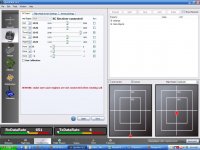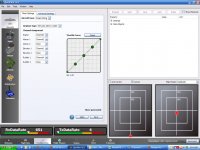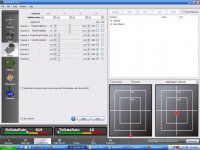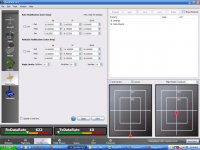Bartman
Welcome to MultiRotorForums.com!!
I mistook the other OP camera thread believing that the video had a CC board on the camera mount as a standalone camera stabilizer. It was explained to me that the board was actually the FC for the quad AND was keeping the camera stable.
How hard would it be to screw an OP CC board to my camera mount and use it as a dedicated camera mount stabilization system? It's small enough and could be powered by the wireless video battery.
Thanks,
Bart
How hard would it be to screw an OP CC board to my camera mount and use it as a dedicated camera mount stabilization system? It's small enough and could be powered by the wireless video battery.
Thanks,
Bart




